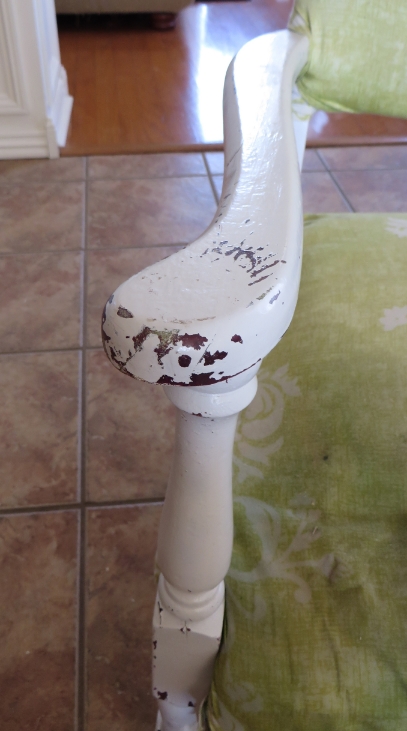When the mouse is away...
This has been a week of MAJOR work so I will have lots of goodies to share. I had tons of projects piled up in my garage. I even skipped a potentially awesome auction this weekend because I knew I did not need to haul anything else home until I cleared out some projects. Even though I know I put a huge dent in it, there is still so much to do.
Saturday and Sunday I painted outside. Brian (affectionately, the mouse) went out of town Monday so I rolled out my handy-dandy "sewing cart" and went to work on a few sewing projects! Seriously, I LOVE this sewing cart!!!!
I know it looks fairly organized in the picture, but truth is I had stuff strung all over the dining and living rooms for three days...compressor, staple gun and staples, fabric, piping, pillow stuffing, etc. When I project, I go all out. That is one reason I waited until Brian was gone for a few days...because the house was a disaster (I NEED A SHOP!) and I stayed pretty focused.
Painting and reupholstering. For me, they are time consuming projects because I firmly believe in doing it right, even if I do plan to sell the piece! Whether I am keeping it or selling it, I treat it the same. Maybe that is why it is so hard for me to step out of my comfort zone and go bold on some upholstery projects.
When I rehabbed this side chair and rocking chair a few weeks ago, I picked a very nice and neutral pallet and meticulously painted and reupholstered them. Only to have the person who bought them ask how much I would charge to REupholster them...go figure!
Completed this week..six throw pillows, four upholstered chairs, three wood folding chairs, two antique oak school desks, one small table...if I had a partridge in a pear tree I would have painted and stuffed it!
The BIG chore is always the upholstered chairs. My first mental block is the fabric choice. I want something that will appeal to a lot of people, but is unique and interesting as well!
I dropped a little tease about this chair here!
Again, note the grass...dormant...that tells you how long this chair has been stuck in limbo!
When I pulled the back upholstery off this old chair, I found layers of old fabric...including a really cool piece of hand stitched quilt someone had used as padding at one point. I am always amazed at the history these old chairs reveal!
Several of you were fired up about the prospect of PURPLE! Truth is, I'm a tad too boring and conservative to actually paint the entire chair purple. I bought purple paint, but in the end, I just couldn't bring myself to do it.
But purple is the "color of the year" (or so the ads at Lowe's say!) so I wanted to use a bit on this chair!
I chalk painted and distressed the frame an "off-white" and then covered the back and seat (yes, I had to make a seat!) with this awesome fabric!
Since the fabric had purple in it, I went with purple trim! Aren't I just a wild and crazy gal!
So many other projects completed and I will share a few "before and afters" over the next few weeks. I made a large note and stuck it on the table to remind myself to take pictures before I hauled anything away!
Unfortunately, I don't have the space right now in my booths...so now the question becomes, WHAT DO I DO WITH ALL THESE STINKING CHAIRS!?
I guess I could throw a party...Lord knows there would be enough seating for everyone!!!
AWESOME RECIPE PERFECT FOR GARDEN VEGGIES!!!
I haven't shared a recipe in a while but I tried this totally awesome CRISP CUCUMBER SALSA and it is TOO. DIE. FOR! And it is low cal for those who care!
Photo and recipe curtesy of tasteofhome.com
Usually I try a recipe verbatim and then mix it up a bit to my own tastes. This recipe has cumin and honestly, I'm not a fan...so I was certain I would change it after the initial try.
Nope. Not changing a thing (except I added a little more tomato.) It is wonderful and perfect for chips or on a salad.
Give it a try...this is a perfect time of the year for fresh cucumbers and tomatoes and there isn't a better way to prepare them! (Okay, sliced with salt is pretty awesome!)












